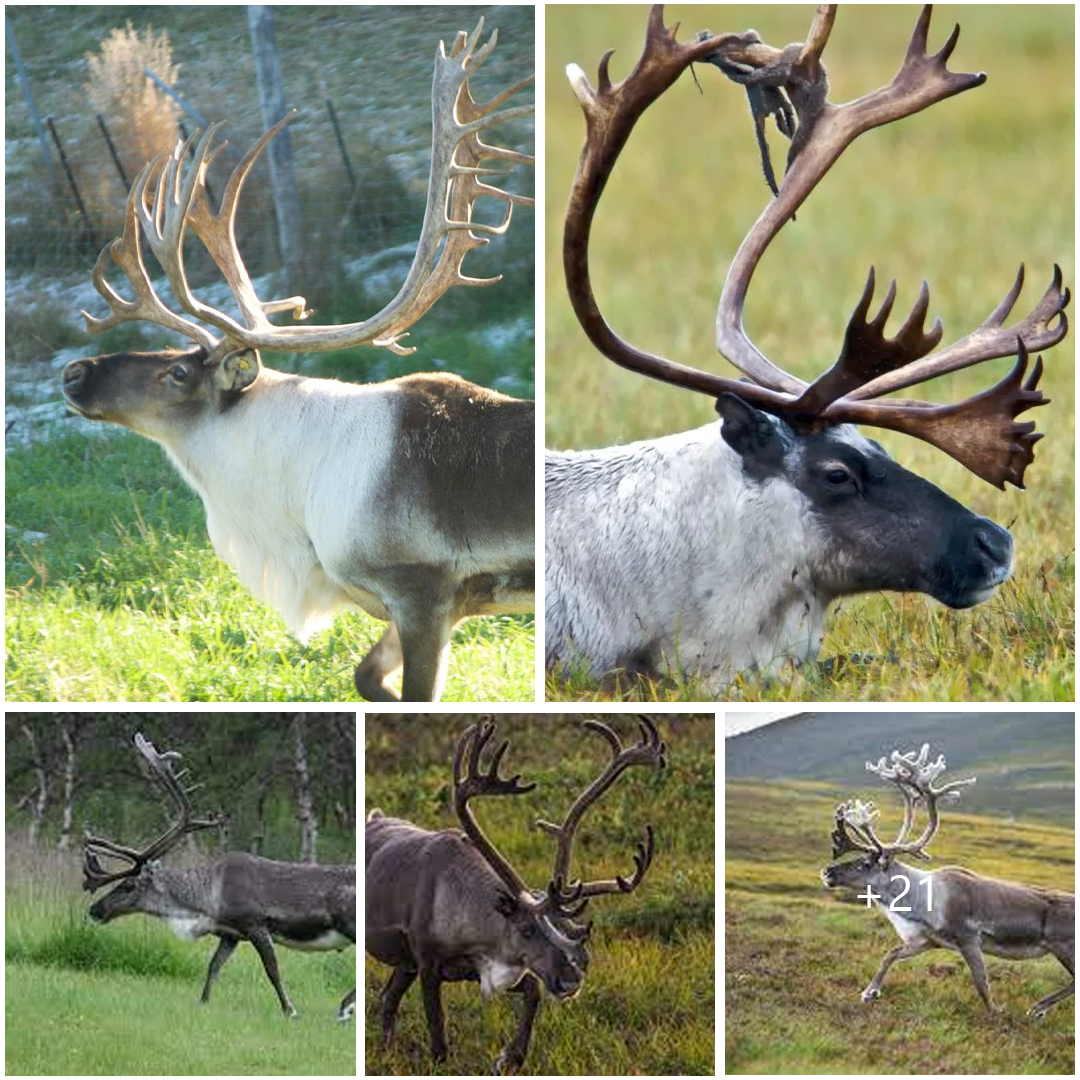
Reindeer: The Iconic Arctic Wanderer
Reindeer, scientifically known as Rangifer tarandus, are majestic creatures that roam the vast Arctic and subarctic regions of North America, Europe, and Asia. Also referred to as caribou in North America, these magnificent mammals are synonymous with the winter holiday season, thanks to their association with Santa Claus and his sleigh. However, there is much more to these fascinating animals than their role in folklore. Let’s take a closer look at the remarkable reindeer.
Physical Characteristics
Reindeer are well-adapted to their cold, harsh environments. They have thick, woolly coats that provide insulation against the freezing temperatures of the Arctic. Their hooves are specially designed to navigate through snow and ice, acting like snowshoes to prevent them from sinking into the soft ground. Both male and female reindeer grow antlers, with the males typically having larger and more elaborate antlers than females.
Habitat and Range
Reindeer inhabit a variety of Arctic and subarctic ecosystems, including tundra, boreal forests, and alpine meadows. They are highly adaptable animals, capable of surviving in extreme cold and harsh conditions. Reindeer are found in regions such as Alaska, Canada, Greenland, Scandinavia, Russia, and parts of Asia.
Diet and Foraging Behavior
These herbivores have a diverse diet that includes grasses, sedges, mosses, lichens, and shrubs. During the winter months, when food sources are scarce, reindeer use their hooves to dig through the snow in search of buried vegetation. They are also known to migrate over long distances in search of food and suitable habitat, following age-old migration routes passed down through generations.
Social Structure
Reindeer are highly social animals that form herds ranging in size from a few individuals to several thousand. These herds provide protection from predators such as wolves and bears and help individuals find food and navigate through the vast Arctic landscape. During the breeding season, dominant males compete for mating rights with females, engaging in elaborate displays of strength and dominance.
Cultural Significance
Reindeer hold significant cultural and economic importance for indigenous peoples living in the Arctic regions. They provide food, clothing, and materials for shelter and tools. Reindeer herding has been practiced by indigenous peoples for thousands of years and remains an integral part of their way of life.
Conservation Status
While some populations of reindeer are stable, others face threats from habitat loss, climate change, predation, and human activities such as hunting and infrastructure development. Conservation efforts aimed at protecting habitat, managing populations, and mitigating the impacts of climate change are essential for ensuring the long-term survival of these iconic Arctic animals.
In conclusion, reindeer are remarkable creatures that play a vital role in the ecosystems of the Arctic and subarctic regions. Their adaptability, resilience, and cultural significance make them a symbol of the wilderness and a cherished part of our natural world.





